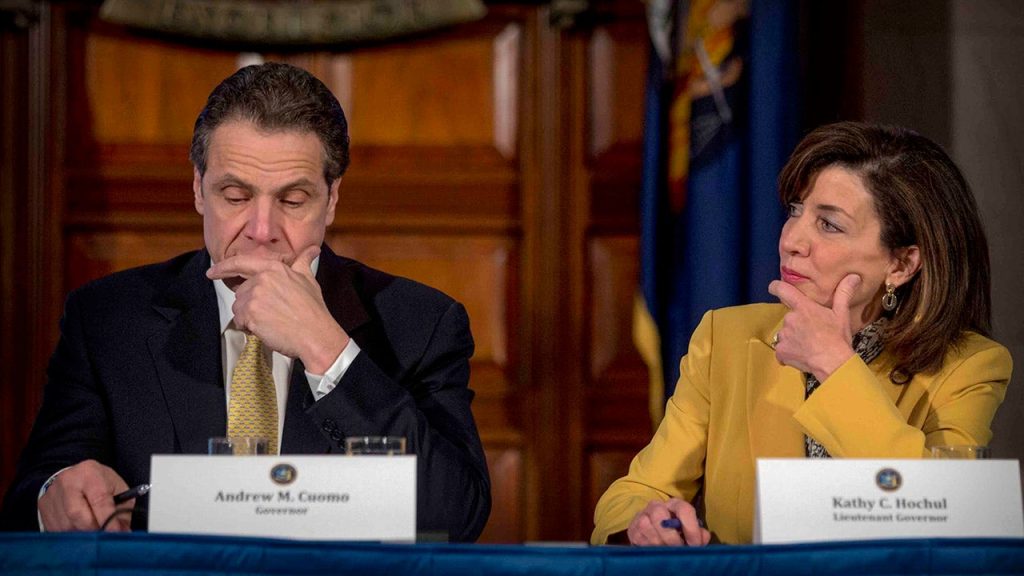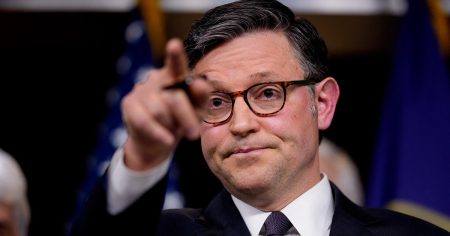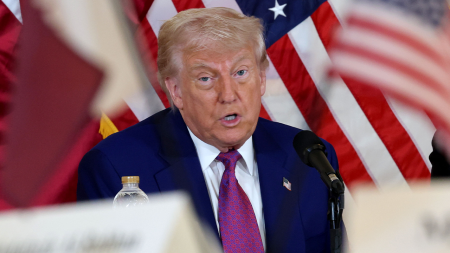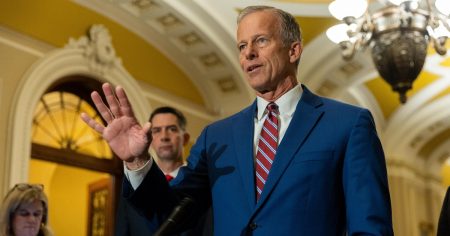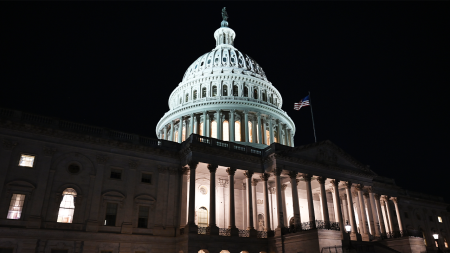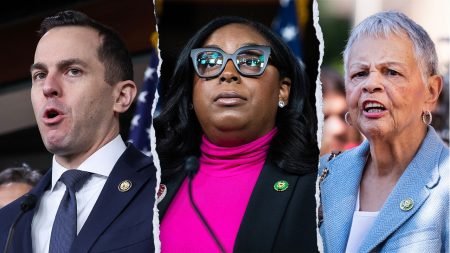Former Governor Andrew Cuomo, a major proponent of New York’s congestion pricing inner-city tolling plan, is questioning whether now is the right time for such a policy given the current state of the city’s mass transit system. Cuomo believes in congestion pricing but is concerned about the lack of confidence in the subway system and the overall condition of New York City post-COVID. He has called for a data-driven study to assess the impact of congestion pricing on the city’s recovery before fully implementing the policy.
Cuomo has emphasized the importance of having a safe and reliable subway system for congestion pricing to be successful. He has highlighted the recent increase in violent incidents on the subway, such as brutal attacks and near-fatal shoving incidents, which have raised concerns about the safety of mass transit. Cuomo’s spokesperson cited the need for a study to determine the potential consequences of congestion pricing and ensure that it does not hinder New York City’s recovery.
Despite Cuomo’s reservations, current Governor Kathy Hochul is moving forward with the congestion pricing plan, which aims to incentivize commuters to switch to mass transit. Hochul’s office has announced a reduction in the congestion toll, which will save drivers money and lead to improvements in subway services. The plan is intended to reduce congestion on city streets, decrease pollution, and provide better public transit options for New Yorkers. MTA Chairman Janno Lieber has expressed support for the plan, emphasizing the benefits of cleaner air and safer streets.
Cuomo’s camp has criticized Hochul and Lieber for suggesting that he had second thoughts about congestion pricing. They argue that Cuomo spearheaded significant upgrades to New York’s transit network without the need for additional tolls. However, the MTA has defended the congestion pricing plan as a vital source of funding for the subway system, which has suffered from decades of underinvestment. Cuomo’s camp has also accused Hochul of taking credit for achievements made during Cuomo’s administration that paved the way for the new tolls.
Cuomo’s concerns about congestion pricing have been echoed by some New York Republicans, who have called for the plan to be scrapped entirely. However, Cuomo remains supportive of congestion pricing, despite his calls for a pause to assess its potential impact. Commuters from New Jersey and outer-boroughs will still be required to pay tolls to cross the Hudson River and East River, respectively, with a slight credit applied towards the congestion fee. Drivers who remain on certain highways will not be charged unless they turn onto surface streets.
In conclusion, the implementation of New York City’s congestion pricing plan has sparked debate among stakeholders about the timing and impact of the policy. While Cuomo has raised concerns about the state of the city’s mass transit system and the potential consequences of congestion pricing, Hochul and the MTA are moving ahead with the plan to reduce congestion, pollution, and improve public transit services. The debate surrounding congestion pricing reflects broader discussions about public transportation, urban development, and the balance between incentivizing mass transit and addressing safety concerns in New York City.









